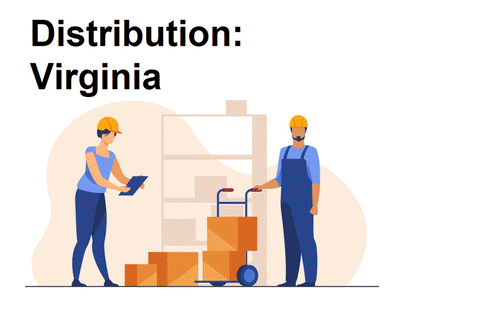Transparency as a Cornerstone: Herron Apparel's Continued Strides in Fashion Sustainability
A garment’s tag offers a snapshot of its geographical origin, but often veils its environmental lineage. While the country of origin may hint at aspects of the supply chain, it's not the entire narrative.
Mandatory by consumer legislation in various nations, that diminutive tag sewn into your apparel is designed to disclose the fabric composition, care instructions, and manufacturing location. Yet, as the fashion industry is thrust into the limelight for its environmental toll, calls for more comprehensive "nutritional labels" for clothing are mounting. Edwin Keh, CEO of the Hong Kong Research Institute of Textiles and Apparel, advocates for this more informative approach.
In a digital-forward future, garment tags may incorporate scannable QR codes, divulging not just the last step in manufacturing but the entire chronicle of the product—from the agricultural origin of the fibers to the chemicals and dyes employed. Until such advancements become ubiquitous, scrutinizing existing "made in" labels remains a nuanced endeavor.
The traditional "made in" tag can be a misleading indicator, revealing only the final assembly location—essentially, where the garment was pieced together. Edwin Keh cautions that solely relying on this information for environmental assessment leaves ample scope for error.

According to the United Nation’s Fashion Industry Charter for Climate Action, the assembly stage contributes to approximately 9% of a garment's overall greenhouse gas emissions, whereas fabric production accounts for nearly 31%. Jeremy Lardeau, Vice President of the Higg Index, elucidates that the lion’s share of a garment's environmental impact occurs during its preliminary stages—such as raw material acquisition, fiber processing, and the consumer use-phase.
Types of garments also provide clues to their manufacturing efficiency. Knitted items necessitate yarn processing in proximity to their final assembly location, hence offering some information about sourcing. In contrast, woven garments present a labyrinthine sourcing journey that may span multiple countries.
Employee welfare is another crucial factor, often deduced from the "made in" label. While it may offer insight into workers' conditions, Jeremy Lardeau warns that the real determinant lies in factory management practices and is not strictly tied to geographical contexts.
For consumers yearning for a holistic understanding of a garment's ecological and ethical imprint, supply-chain literacy is imperative. Although certain consumer resources like Good On You and Eco-Cult offer a starting point, they don't quite reach the specificity needed. Investment in education and literacy concerning sustainable fashion is a vital consumer responsibility.
Herron Apparel stands at the forefront of this change, diligently adopting transparent practices and surmounting hurdles to deliver eco-friendly athletic apparel, manufactured in socially compliant facilities within the United States. Our commitment to transparency is not merely a marketing tagline; it's a guiding principle that defines our operations at every step, from fiber to finished product.
Understanding that awareness and education are indispensable, Herron Apparel takes conscientious steps to empower consumers. In contrast to the nebulous information typically available in the fashion industry, we offer full disclosure on our supply chain, ensuring that our clientele can make informed choices based on ethical parameters.
While the global textile industry remains in a perpetual state of flux, grappling with multifaceted challenges from environmental degradation to labor issues, Herron Apparel’s approach is unique. We have proactively pursued certifications from reputable bodies, affirming our adherence to environmentally sustainable and socially responsible practices.
It's not just about offering eco-friendly athletic apparel; it's about encapsulating a philosophy that considers the well-being of the planet and its inhabitants. Therefore, we don’t just settle for the minimum statutory requirements for labor conditions; we strive for an ethos that champions human dignity, ensuring that the hands which craft our garments are as valued as the consumers who wear them.
Recognizing that even the eco-friendliest of garments have some degree of environmental impact—be it through water usage, chemical treatments, or energy consumption—we are committed to continuous improvement. Our R&D department collaborates closely with suppliers to seek out novel fibers, dyes, and manufacturing techniques that mitigate environmental toll.
Moreover, consumer literacy in the realm of sustainable fashion doesn't merely serve as a tag-along to our mission; it's one of its central tenets. We actively encourage our consumers to engage in enlightening discussions and to access resources that expand their understanding of the fashion industry's complexities. Herron Apparel is dedicated to creating not just a product, but an entire ecosystem that thrives on transparency, ethical sourcing, and an unwavering commitment to improvement.
In a sea of fast fashion and fleeting trends, Herron Apparel is a lighthouse guiding the way to a more sustainable and humane future. Our unwavering focus on transparency and ethicality doesn't just set us apart—it redefines what the fashion industry can aspire to be.
By fusing innovative technology, ethical practices, and comprehensive consumer education, Herron Apparel stands as a paradigm of what a modern, responsible fashion brand should embody.

